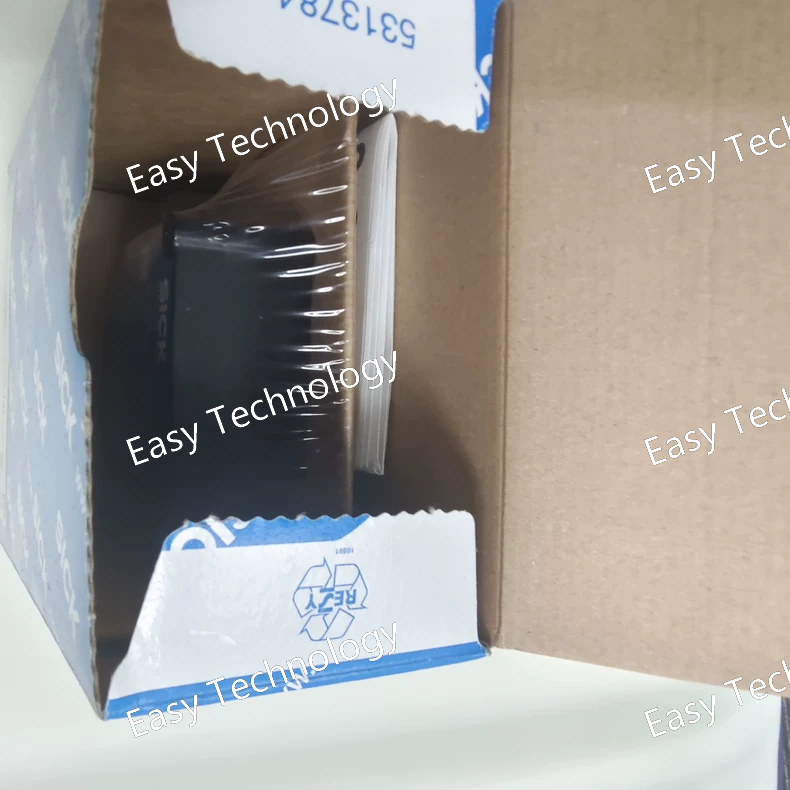The GLS100G-1MBB1GZ sensor uses laser triangulation technology to measure the distance between the sensor and a target object. With its advanced laser-based technology, it is capable of providing highly accurate distance measurements for a variety of industrial applications, including material thickness measurement, position monitoring, and process control. This sensor is built for high-speed, high-precision measurement in environments where reliability and accuracy are critical.


